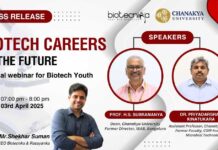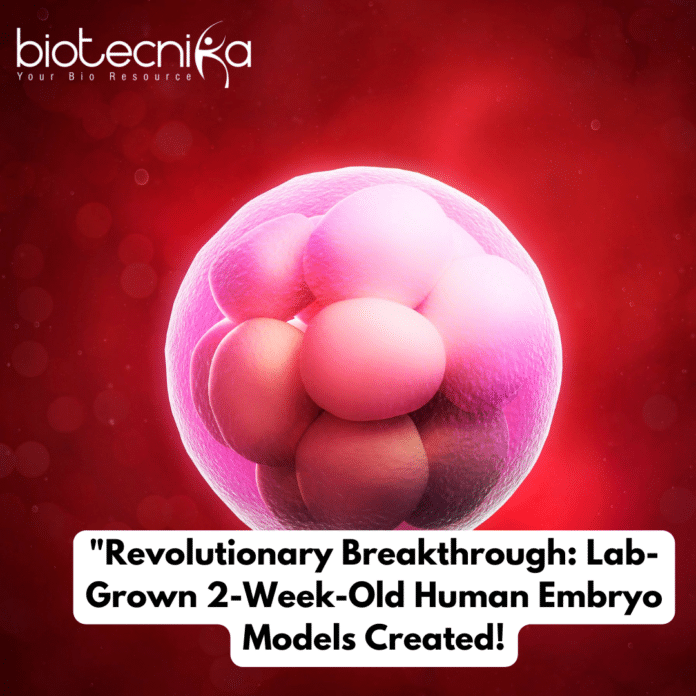Human Embryo Created In Lab – A Revolutionary Breakthrough
In a scientific breakthrough, researchers have achieved a remarkable feat: they’ve cultivated lab-grown human embryo models from stem cells, providing invaluable insights into the critical first week after implantation in the uterine wall. Unlocking the Mysteries of Early Pregnancy Delving into the mysteries of what transpires immediately after a fertilized egg attaches itself to the uterine lining is essential for comprehending fertility, early pregnancy loss, and the origins of developmental birth defects. However, ethical dilemmas and technical obstacles have long impeded our ability to study these initial phases of human embryo development.
According to molecular geneticist Jacob Hanna from Israel’s Weizmann Institute of Science, “The true action takes place within that first month; the subsequent eight months primarily involve growth. rity-score="61%" data-source-id="uk.news.yahoo.com:98d54db1">the initial month remains shrouded in mystery. Our stem cell–derived human embryo model offers an ethical and accessible portal into this enigmatic period.”
The Art of Creating Human Embryo Models An international team of researchers has accomplished an extraordinary feat: coaxing genetically unaltered human-derived stem cells into forming intricate structures that faithfully replicate human embryonic development.
This remarkable process underscores the astonishing self-organizing capabilities of human stem cells, building upon a recent breakthrough in generating embryonic-like stem cells. It provides scientists with a novel approach to studying phenomena that were previously obscured due to practical and ethical complexities. What Sets These Models Apart What distinguishes these lab-grown human embryo models from their predecessors is their ability to encompass crucial elements.
These include the three lineages responsible for constructing the placenta and the structures essential for supporting embryonic development. Additionally, they involve the layer of cells that precedes the embryo’s folding, eventually giving rise to various tissues and organs. While earlier research had demonstrated that stem cells extracted from mouse embryos could be directed to develop into the tissues supporting and forming the embryo, this study represents a leap forward as it extends these findings to the realm of humans. this ,breakthrough relies solely on genetically unmodified human naïve embryonic stem cells. Researchers have painstakingly determined the optimal conditions for various developmental stages.
This process commenced around 7 to 8 days following fertilization. The outcome? Human structural stem-cell-based embryo models (SEMs) that meticulously replicate the growth dynamics of post-implantation embryogenesis, up to approximately 13 to 14 days after fertilization. These models faithfully portray the assembly of all known lineages and components characterizing the early stages of human embryos. It includes the epiblast, hypoblast, extraembryonic mesoderm, trophoblast, and the yolk sac. A Novel Research Tool Crucially, the cell profiles derived from these human SEMs strikingly resemble the gene expression patterns and cell types found in human embryos shortly after implantation, as verified against a reference dataset.
It’s important to clarify that while human SEMs do not precisely replicate actual embryos, they represent an invaluable model that unlocks countless research possibilities. This critical period also marks the origin of numerous birth defects, even though they might not become apparent until much later,” explains Hanna. “Our models are poised to unveil the biochemical and mechanical signals critical for ensuring proper development during this early stage, shedding light on potential anomalies and their causes.”



























